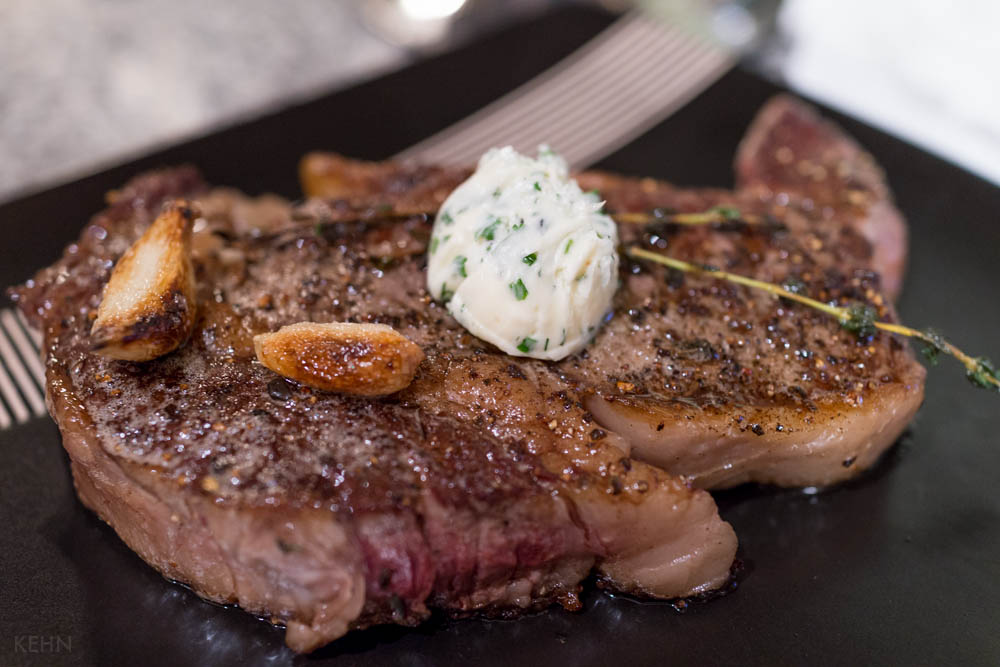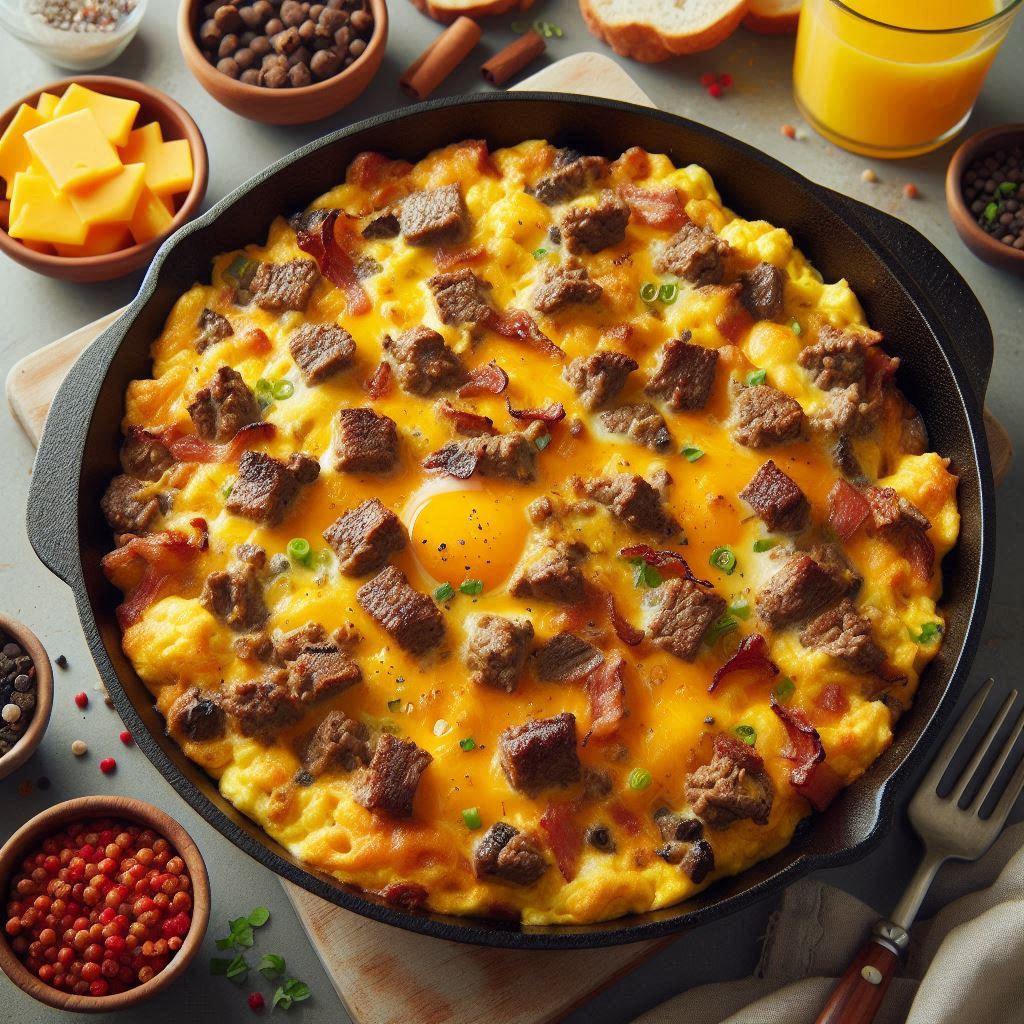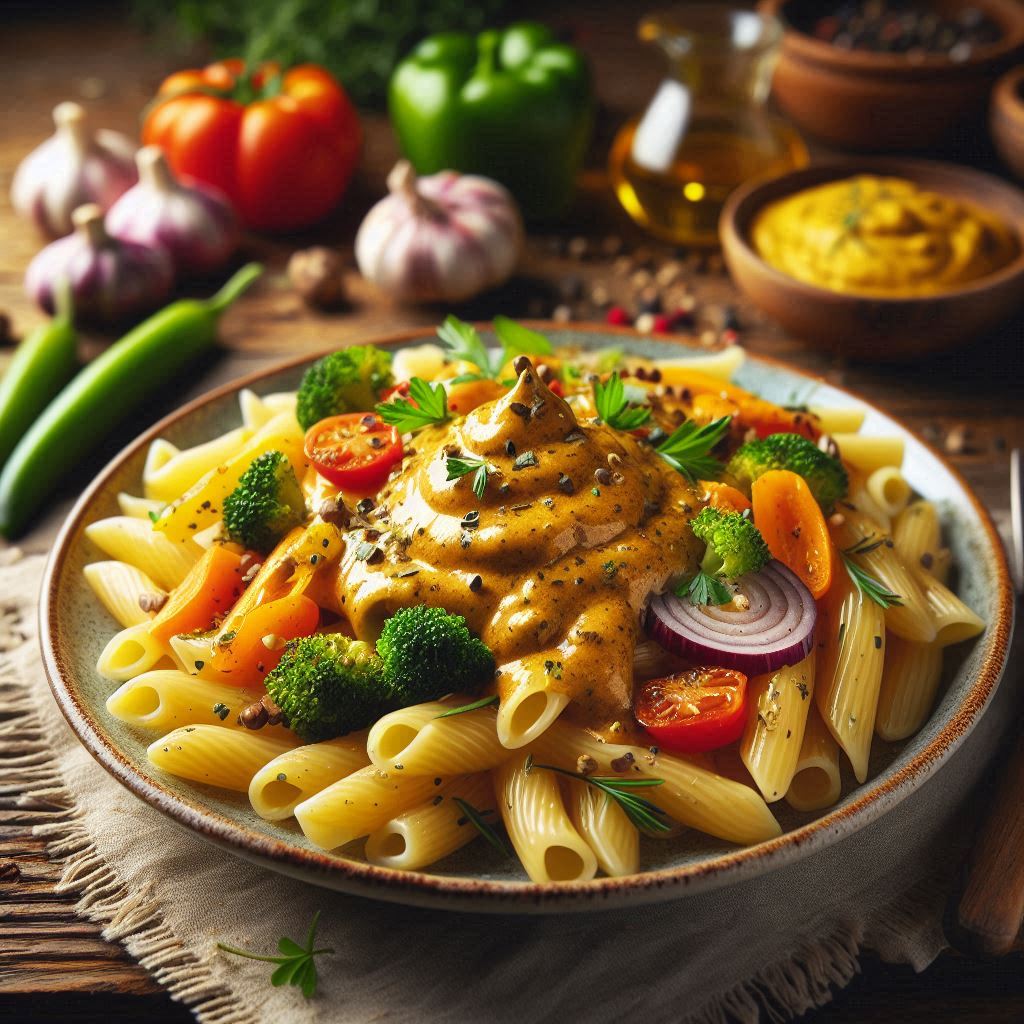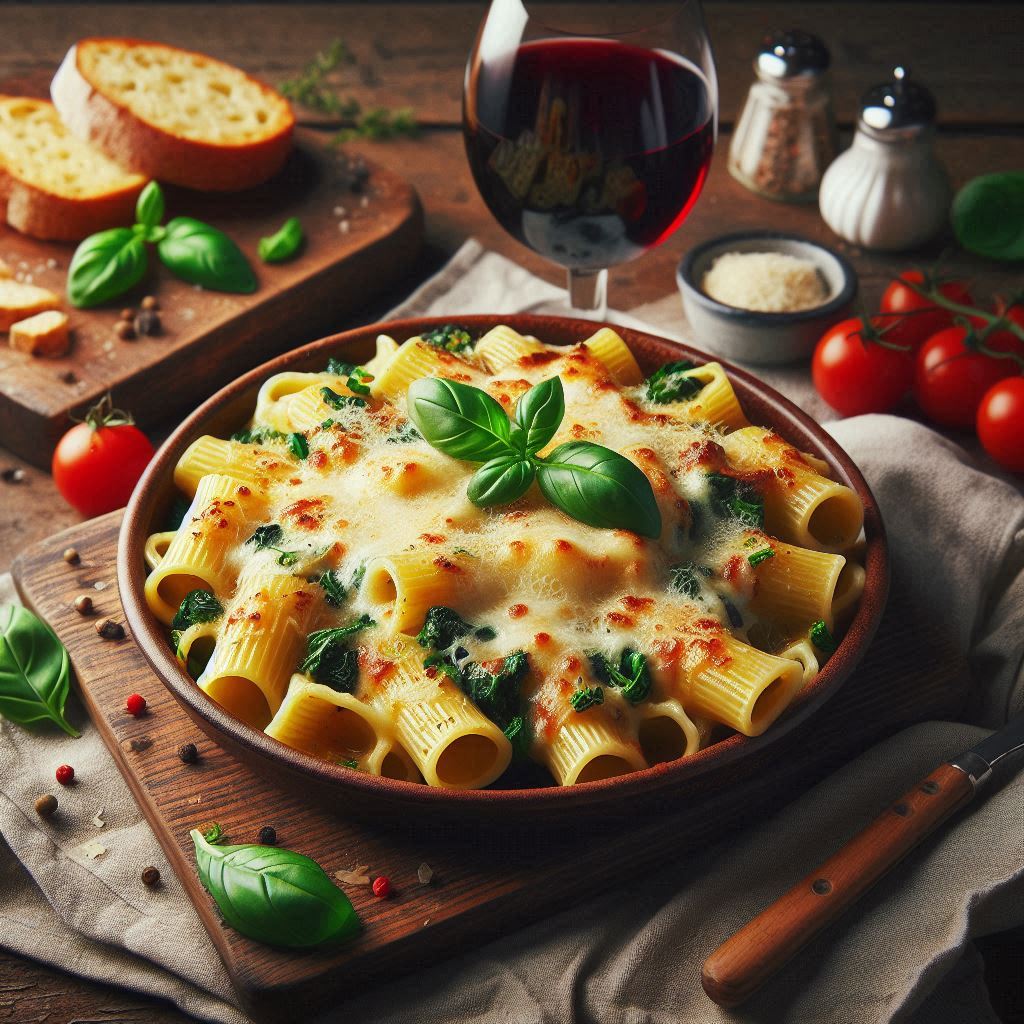How to Cook Ribeye Steak (Pan-Seared Ribeye)

There’s something undeniably satisfying about a perfectly cooked ribeye steak. It’s juicy, tender, and brimming with rich flavors that delight the senses. If you’ve ever wondered how to cook a ribeye steak at home, this guide will walk you through every step. By the end, you’ll feel like a steakhouse chef, creating restaurant-quality dishes right in your kitchen.
Why Ribeye Is the Star of Steaks
When it comes to steaks, ribeye stands out for its incredible marbling. The fat interwoven throughout the meat doesn’t just add flavor—it ensures that the steak remains moist and tender during cooking. Whether you choose a boneless ribeye or one with the bone in, you’re in for a treat. Boneless ribeye is slightly easier to cook evenly, while a bone-in ribeye provides added depth of flavor.
Growing up, I remember my father’s love for ribeye steaks. Every weekend, he’d sear a massive cut on our old cast-iron skillet, filling the kitchen with an aroma that made our mouths water. His secret? Patience and a few simple steps that I’ll share with you today.
Ingredients You’ll Need to Cook Ribeye Steak
To make the perfect pan-seared ribeye steak, you’ll need:
- 1-2 ribeye steaks (1.5 to 2 inches thick)
- Salt (preferably kosher or sea salt)
- Freshly ground black pepper
- 2 tablespoons olive oil (or any high-heat cooking oil)
- 2 tablespoons unsalted butter
- 3-4 garlic cloves, smashed
- Fresh herbs like thyme, rosemary, or parsley
Optional additions:
- Crushed red pepper flakes for a bit of heat
- A squeeze of fresh lemon juice for brightness
Step-by-Step: How to Cook Ribeye Steak in a Pan
1. Bring the Steak to Room Temperature
Before you start, let the ribeye sit out for about 30 minutes. Cooking a cold steak straight from the fridge can result in uneven cooking. While it rests, sprinkle salt generously on both sides. This not only seasons the steak but also helps to tenderize it.
2. Heat Your Pan
For the best pan-seared ribeye steak, use a heavy skillet—preferably cast iron. Heat it over medium-high heat for a few minutes until it’s scorching hot. Add olive oil and swirl it around to coat the surface. The oil should shimmer but not smoke excessively.
3. Sear the Steak
Place the ribeye steak in the pan. You’ll hear a satisfying sizzle—that’s exactly what you want. Cook the steak without moving it for 2-3 minutes to form a golden-brown crust. Flip and repeat on the other side.
4. Add Butter and Aromatics
Lower the heat slightly and add butter, smashed garlic cloves, and fresh herbs. As the butter melts, tilt the pan and use a spoon to baste the steak. This step adds incredible flavor and keeps the ribeye moist.
5. Check the Temperature
Use a meat thermometer to check the internal temperature:
- Rare: 120°F
- Medium Rare: 130°F
- Medium: 140°F
- Medium Well: 150°F
For a perfect medium-rare ribeye, remove the steak from the pan when it’s around 128°F, as the temperature will rise slightly while resting.
6. Rest the Steak
Transfer the steak to a plate and let it rest for 5-10 minutes. This allows the juices to be redistributed, ensuring every bite is tender and flavorful.
Pro Tips for Cooking the Best Pan-Seared Ribeye
- Don’t Overcrowd the Pan: Cook one steak at a time or use a larger pan. Overcrowding can lower the pan’s temperature, leading to steaming instead of searing.
- Season Generously: Ribeye is a thick cut, so don’t be shy with salt and pepper.
- Experiment with Oils: While olive oil works well, you can also try avocado oil or clarified butter for a richer flavor.
- Reverse Sear Method: For an even crust and tender interior, cook the steak in the oven first, then finish with a quick sear in the pan.
- Invest in Quality Meat: A high-quality ribeye, preferably grass-fed or dry-aged, makes all the difference.
Why Pan-Seared Ribeye Beats Grilling
While grilling has its charm, pan-searing gives you unparalleled control over the cooking process. You can monitor the crust formation, adjust the heat, and add flavors directly to the pan. Plus, there’s no need to wait for the grill to heat up—perfect for impromptu steak nights.
Pan-Seared Ribeye Steak Serving Suggestions
Pair your pan-seared ribeye steak with:
- Creamy mashed potatoes
- Roasted vegetables like asparagus or brussels sprouts
- A fresh arugula salad with lemon vinaigrette
- A bold red wine, such as Cabernet Sauvignon or Malbec
The Joy of Cooking Ribeye Steak
There’s an art to making a ribeye steak, but it’s not complicated. With a little attention to detail and some practice, you’ll master the technique in no time. Every time I cook a ribeye, I’m reminded of those family dinners where we’d gather around the table, savoring each bite and sharing stories. There’s something timeless about a good steak—it brings people together and elevates any occasion.
FAQs About Cooking Ribeye Steak
1. What’s the best pan for cooking ribeye?
A cast-iron skillet is ideal because it retains heat well and promotes even cooking. Stainless steel pans also work in a pinch.
2. How do I know when the steak is done?
The most reliable method is using a meat thermometer. Visual cues, like the steak’s color and firmness, can also help with practice.
3. Can I cook ribeye without butter?
Yes, but butter enhances the flavor and richness. If you prefer, you can use additional oil or omit it entirely.
4. What’s the difference between boneless ribeye and bone-in ribeye?
Boneless ribeye is easier to cook evenly, while bone-in ribeye offers a slightly deeper flavor due to the bone marrow.
5. Should I marinate my ribeye steak?
Ribeye is naturally flavorful and doesn’t require marination. A simple seasoning of salt and pepper is often enough.
Share this content:

A seasoned chef with over 10 years of experience in New York. I passionately share my journey and healthy, flavorful recipes online.













Post Comment